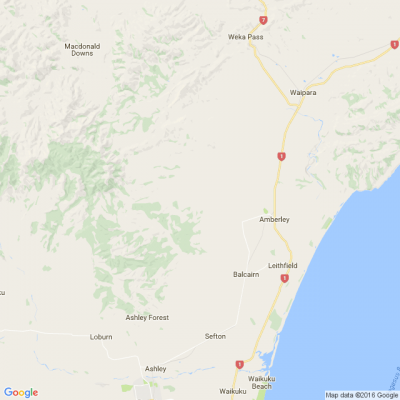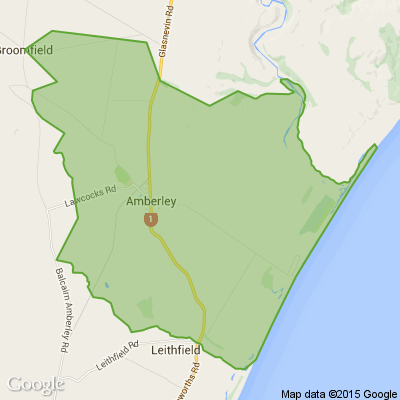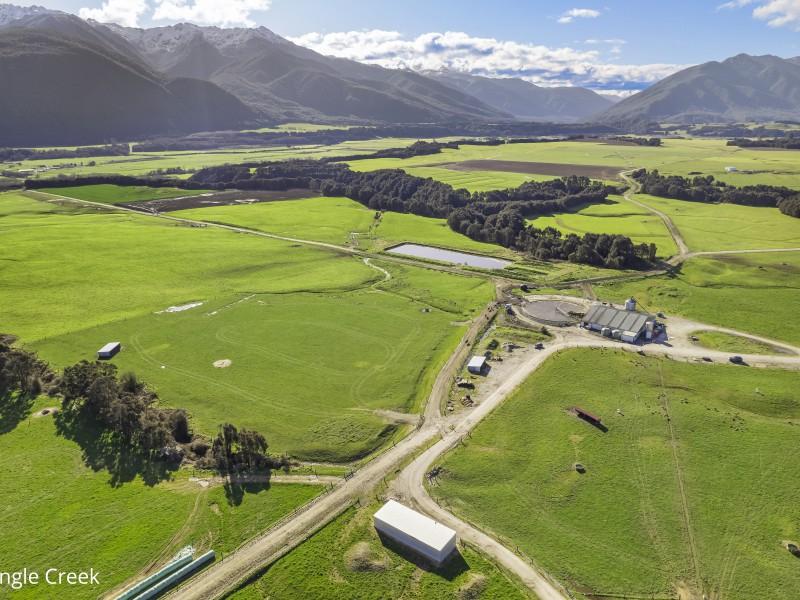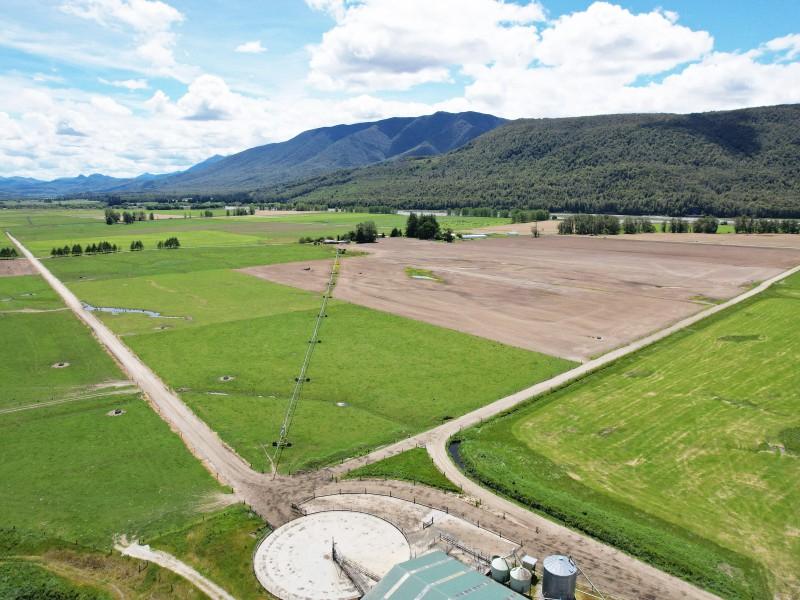Hurunui’s roading quandary
From local democracy reporter David Hill:
How to fund rural roads and make them resilient is an ongoing challenge for the Hurunui District Council.
The council maintains one of the largest roading networks per capita in the country with 1460km of local roads, excluding State Highways 1 and 7, with a relatively small ratepayer base.
The population is about 13,000, meaning there was about 112 metres of road per person.
Hurunui District Council chief executive Hamish Dobbie said the roads were designed for an earlier time and were not equipped to cope with today’s heavier vehicles and more frequent rain events.
Roading was funded 52 percent from Waka Kotahi NZ Transport Agency’s One Network Fund (ONF), but when there was a funding shortfall ratepayers were left to pick up the full cost.
The funding was largely for maintenance, though the council could apply for emergency funding after severe weather events.
‘‘Hurunui roads have been rated lowly in the ONF and historically we have had low maintenance costs due to being a dry weather district,’ Dobbie said.
‘‘But with more frequent weather events, our resilience is being impacted. Our network is not designed for those events, so it needs capital works rather than maintenance.’’
Mayor Marie Black said larger vehicles, such as stock trucks and milk tankers, provided economic value to the country, but the council did not always get the funding support it needed.
‘‘We are stuck in the bind of not being able to meet the needs and expectations of our community.’’
While the push was to low emission vehicles, Dobbie said those options did not work as well in rural areas due to the distance, the nature of the rural sector and vehicle design.
‘‘Small vehicles are designed for urban roads, so rural communities are pushed more to SUVs and four-wheel drives.’’
Incentives for moving to electric vehicles were introduced under the previous National government and Waimakariri MP Matt Doocey said it was time to rethink how roading was funded.
‘‘As we move to Net Zero (emissions) by 2050, we’ve got to make sure we maintain our roading network.
‘‘The whole thing needs to be looked at, including the settings around small councils with a low ratepayer base and high kilometres to fund.’’
A spokesperson for Transport Minister Michael Wood said the government had increased investment in low emission transport choices, including walking and cycling, public transport and electric vehicles, as well as infrastructure.
A total of $1.2 billion was forecast to be invested in Canterbury in the 2021–24 National Land Transport Programme.
A Waka Kotahi spokesperson said the agency was developing a Climate Change Adaptation Plan in the wake of climate change and increased severe weather events.
It hoped to release the plan by the end of the year, before developing a separate implementation plan.
■ Public interest journalism funded through New Zealand on Air.

⚠️ DOGS DIE IN HOT CARS. If you love them, don't leave them. ⚠️
It's a message we share time and time again, and this year, we're calling on you to help us spread that message further.
Did you know that calls to SPCA about dogs left inside hot cars made up a whopping 11% of all welfare calls last summer? This is a completely preventable issue, and one which is causing hundreds of dogs (often loved pets) to suffer.
Here are some quick facts to share with the dog owners in your life:
👉 The temperature inside a car can heat to over 50°C in less than 15 minutes.
👉 Parking in the shade and cracking windows does little to help on a warm day. Dogs rely on panting to keep cool, which they can't do in a hot car.
👉 This puts dogs at a high risk of heatstroke - a serious condition for dogs, with a mortality rate between 39%-50%.
👉 It is an offence under the Animal Welfare Act to leave a dog in a hot vehicle if they are showing signs of heat stress. You can be fined, and prosecuted.
SPCA has created downloadable resources to help you spread the message even further. Posters, a flyer, and a social media tile can be downloaded from our website here: www.spca.nz...
We encourage you to use these - and ask your local businesses to display the posters if they can. Flyers can be kept in your car and handed out as needed.
This is a community problem, and one we cannot solve alone. Help us to prevent more tragedies this summer by sharing this post.
On behalf of the animals - thank you ❤️

What word sums up 2024, neighbours?
If 2020 was the year of lockdowns, banana bread, and WFH (work from home)....
In one word, how would you define 2024?
We're excited to see what you come up with!









 Loading…
Loading…



















